There are few pistols more renowned than the 1911. With a rich military history and massive modern following of civilian shooters, it’s the firearm that firearm owners love to own… and love to talk about.
When assigning popularity to firearms, I recommend that you use the AmmoForSale.com Scale of Firearm Popularity™. It is a simple and straightforward scale that we have spent years of research and countless resources developing (or possibly ten minutes and half a bag of peanut M&Ms). In a nutshell, the scale assigns a popularity level to a firearm according to how many people could name it.
At the top you have firearms that only the most knowledgeable could identify. At the bottom firearms that even the most uninitiated could name:
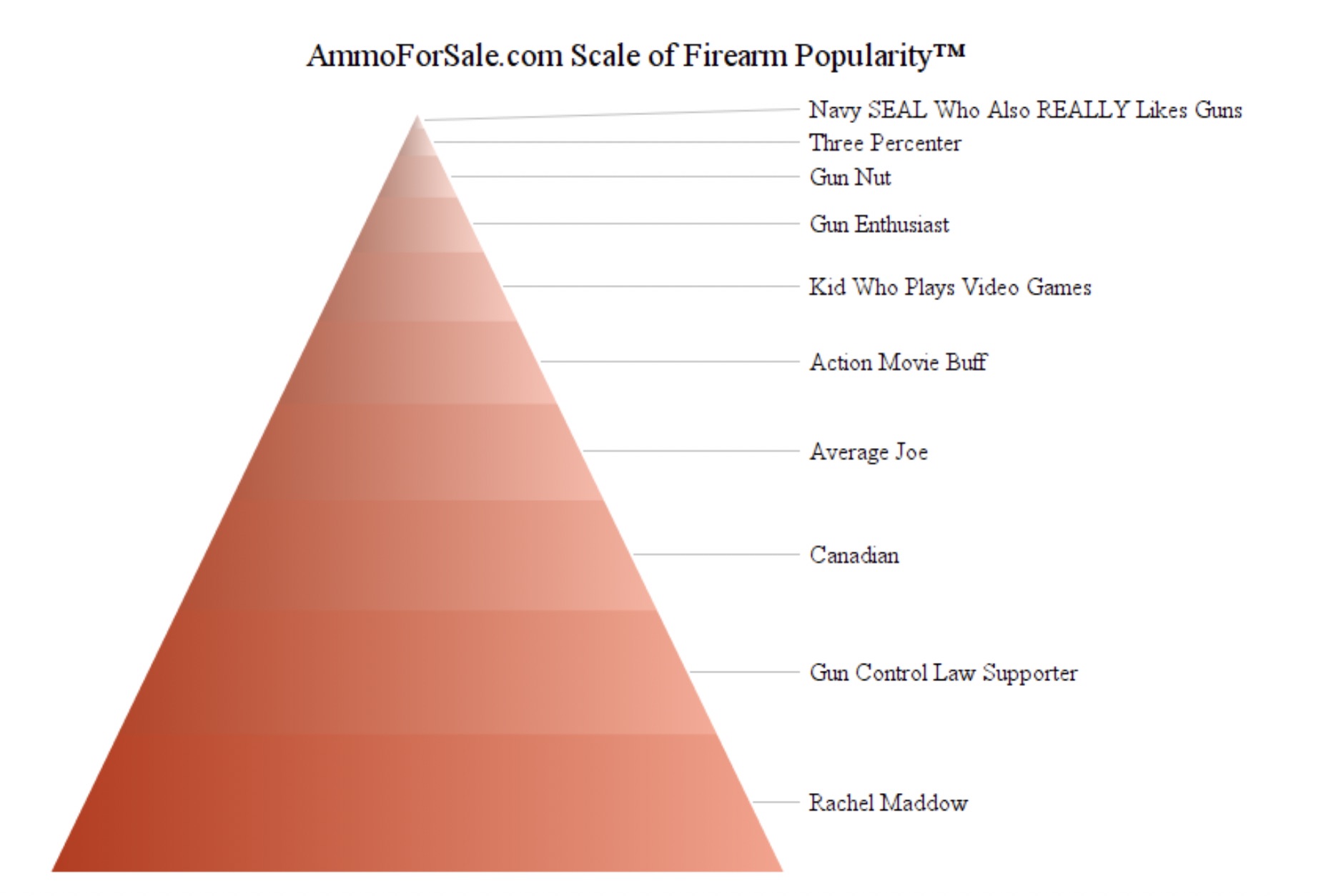
The M1911, one of the most iconic firearms ever invented, falls within the Average Joe category, or possibly even Canadian. Of course, the simple fact that you’re on our website means that you are either already thoroughly familiar with the M1911, or you would like to know more about it. This article will give you an overview of the prominent handgun and the history of m1911 pistols so that you may creep a little closer to the lofty peak of the pyramid.
1911’s Military Heritage
The Philippine-American War (1899-1902) was an especially nasty altercation. American troops had to contend with Moro guerrillas. These guerrillas fought on their jungly home turf and were fanatical about defending it. Furthermore the Moros had powerful opiates. These drugs increased the Moro’s threshold for pain. By extension it also allowed them to power through gunshot wounds. The Colt M1892 served as the standard sidearm of the time. Chambered in 38 Long Colt, it proved inadequate to stop such impassioned combatants. Often, opposing fighters bore thick wooden shields. Out of necessity the U.S. Army switched back to the Colt Single Action Army. It fired a heavier 45 Long Colt bullet, but Chief of Ordnance General William Crozier saw the need to develop a new pistol altogether.
When Was the m1911 Made?
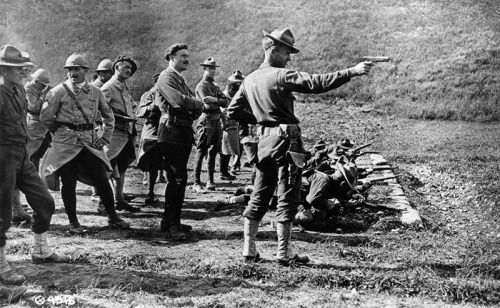
The government decided the new standard issue sidearm should not be chambered in anything less than .45 caliber. They also opted for a semi-automatic over a revolver.
Of the six prototypes originally submitted, one proved superior: a single action, magazine-fed, recoil-operated pistol chambered for 45 ACP designed by John Browning for Colt. The Army officially adopted the pistol in 1911. They aptly designated it the “Model of 1911.” Its name would eventually become shortened to “Model 1911” in 1917. In the 1920s, shooters shortened the name further to “M1911”.
Colt’s pistol played no small part in combat after its formal adoption. By 1917 Colt and Springfield Armory together produced over 68 thousand Model 1911s, and soon both Remington-UMC and North American Arms began producing them for use during the Great War as well. (The government also awarded contracts to other manufacturers including Winchester, Savage Arms, and even the National Cash Register Company to produce the pistol, but the Armistice ultimately rendered those contracts void.)
Flaws Found
The Great War revealed some of the Model 1911’s design flaws. Some changes to its design were made. These changes included a shortened trigger and hammer spur, a longer grip safety spur, and a widened front sight. Such subtle changes are nearly imperceptible to the naked eye, and indeed the original Model 1911 and the improved M1911A1 share many interchangeable parts.
Improvements for WW2
Naturally, World War II coincided with a great demand for new M1911A1 pistols. Nearly two million of them were manufactured, or remanufactured with existing parts. The M1911A1 remained the standard issue sidearm for the U.S. Armed forces up throughout the Vietnam War. Eventually, the military replaced it with the Beretta M9. That the replacement took place during the same month as Bill Buckner’s famous blunder which cost the Red Sox the 1986 World Series is considered purely coincidental.
Despite having been around for over one century, the 1911’s basic design has remained largely unchanged. A modern 1911 is, of course, still recoil-operated. The same gasses that push the bullet out of the muzzle are put to work extracting the spent casing and loading a new round into the chamber. Like many other semi-automatic pistols, the last round fired in an 1911 will lock the slide in its rearward position. This clearly indicates a freshly loaded magazine is called for. The number of safety features on a 1911, including its grip safety, manual safety, slide stop, and sear disconnect, all come together to make carrying one a surer endeavor.
The 1911 is designed cleverly in that it uses no fasteners, with the exception of the screws needed to keep its grips in place. The pistol’s recoil spring holds its components together, permitting straightforward field stripping via retraction of the slide and subsequent removal of the slide stop and barrel bushing. You can completely takedown a 1911 using only its disassembled parts. This makes sense: If opioid-numbed Moro guerrillas were bearing down on you in the jungle, and you needed to perform a bit of last minute maintenance on your pistol, the last thing you would wish to keep track of would be a set of specialized tools.
Drawbacks of the 1911

Granted, the 1911 has got its drawbacks. It’s a heavier pistol with a comparatively clunky frame, yet it still holds relatively few rounds — chambered in 45 ACP, a 1911’s magazine holds only seven. It’s by no means an inexpensive pistol, either, although a decent one shouldn’t reach into four figures territory.
So why do shooters love the 1911?
People like what they know, for starters. For the same reason that countless deer have met their fates at the ends of rifles chambered in 30-06, which was initially a military caliber, millions of men would prefer to use the same pistol that they had counted on during battles they fought overseas. Even those who haven’t had the honor of serving are likely to see the 1911 used, or at least depicted, frequently. And although a 1911 with a Government frame weighs about two and a half pounds (without ammo) and measures on the wrong side of 8” long, at about an inch wide it still conceals very effectively. Smaller models, which include the Commander with its 4.25” barrel and Officer with its 3.5” barrel, mean you can carry a 1911 even more discreetly.
The 1911 is one of the most versatile pistols on the market as well. We are living in a veritable sea of aftermarket parts for the handgun, which makes maintaining one extremely accessible. The 1911 is currently available in 380 Auto, 40 S&W, 9mm, 10mm, and several other calibers, making it a weapon for all occasions. You can affix rails, target sights, lasers, and nearly any other accessory you can fathom to a 1911. It’s like the stone soup of handguns.
How Much Do 1911s Cost?
1911 pistols are available for a range of price tags. At the extreme end you could purchase The Big Bang Pistol Set by Cabot Guns. This contains two pistols made of meteorite. The cost? Only $4.5 million dollars!
If you are not Scrooge McDuck, a more affordable Taurus, Rock Island Armory, Remington, or Ruger 1911 ought to fall more comfortably within your price range. Going pre-owned will drive your price tag down even further. Try a few out, see what you like, and take heart that your new pistol will represent a sizeable chunk of American (and by extension world) history.

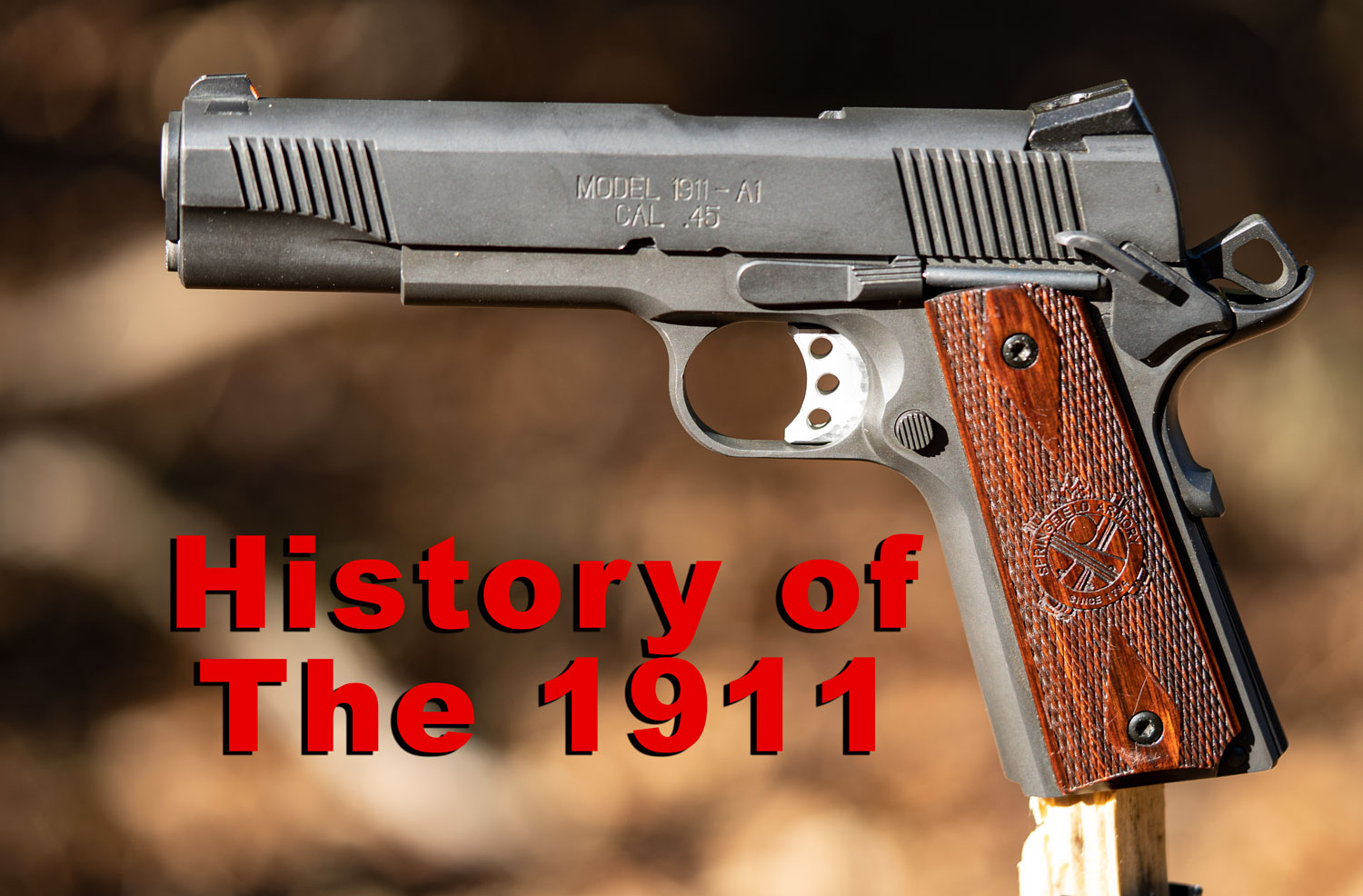
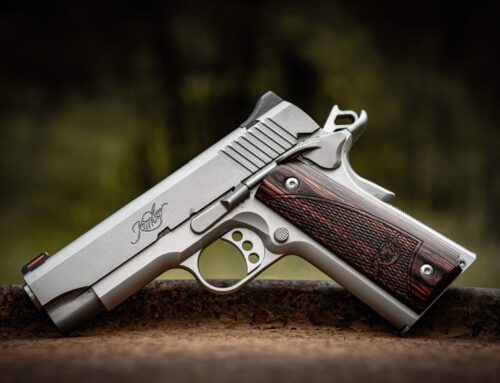
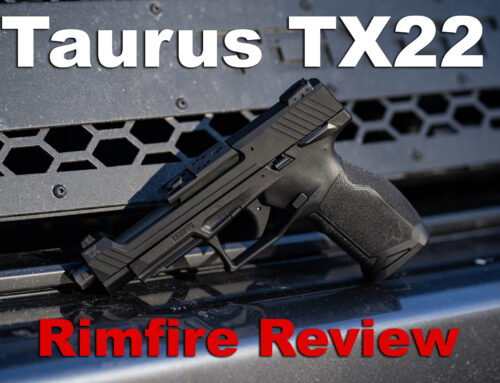
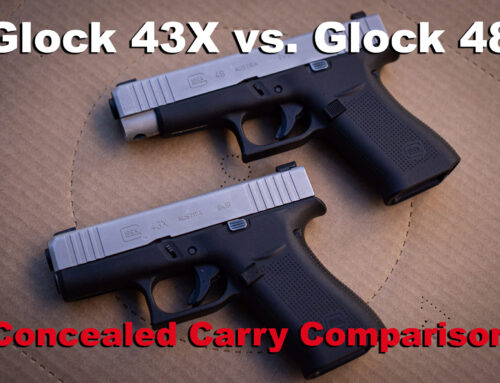

I believe that rather than .380 Auto, you may have wanted to state the 1911 is available in .38 Super Automatic. It was so chambered by Colt even before it was ever available in 9MM.
Hi Steven – thanks for the note. You’re certainly right about 1911s being available in 38 Super. They are also being made now in 380 ACP by companies like Browning. Their current 380 ACP production models aren’t very popular compared to 45 ACP and even 9mm but they are out there.
Nice info about the Colt M1911 pistol mate!